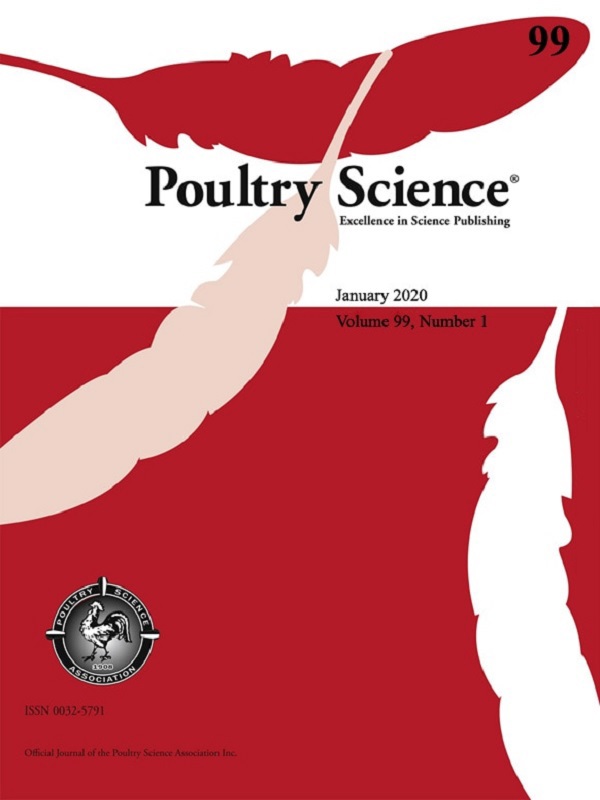A blend of fatty acids, organic acids, and phytochemicals induced changes in intestinal morphology and inflammatory gene expression in coccidiosis-vaccinated broiler chickens
2019 Poultry Science 98:4901–4908

Abstract
Feed additives that promote gastrointestinal health may complement coccidiosis vaccination programs in antibiotic-free broiler production systems. This study examined the effects of a commercial feed additive blend (FA) on intestinal histomorphology and inflammatory biomarkers in vaccinated Ross 708 cockerels (N = 2,160). The study was a randomized complete block design (12 blocks) with 3 dietary treatments: CON (negative control), AGP (positive control: 55 ppm of bacitracin methylene disalicylate), and FA (1.5 kg/MT in starter; 1.0 kg/MT in grower; and 0.5 kg/MT in finisher). Birds were reared on re-used litter and fed a 3-phase feeding program (starter, 0 to 14 D; grower, 15 to 28 D; finisher, 29 to 36 D). One master batch of basal feed for each feeding phase was prepared and final experimental diets were manufactured by mixing the basal feed with the respective test ingredient prior to pelleting. Growth measurements, including pen body weight and feed intakes, and fresh fecal samples were taken throughout the study. On day 20, samples of intestinal tissue were collected from a subset of birds (n = 72, 1 block) for histomorphology and mRNA expression of tight junction and inflammatory genes. In the duodenum, the ratio of villi length to crypt depth was significantly lower in FA (and AGP) fed birds than those consuming the CON diet. Relative mRNA expressions of iNOS, IFNƔ, and claudin-1 were upregulated in the jejunum of FA and AGP treatment groups compared to those in the CON group; the response in the FA was of lesser magnitude than AGP. Together, these results demonstrated that the FA treatment altered the microstructure of the duodenum and affected the expression of inflammatory genes in the jejunum. The timing of these changes coincided with peak oocyte shedding in feces and an observed reduction in feed efficiency in all dietary treatment groups.